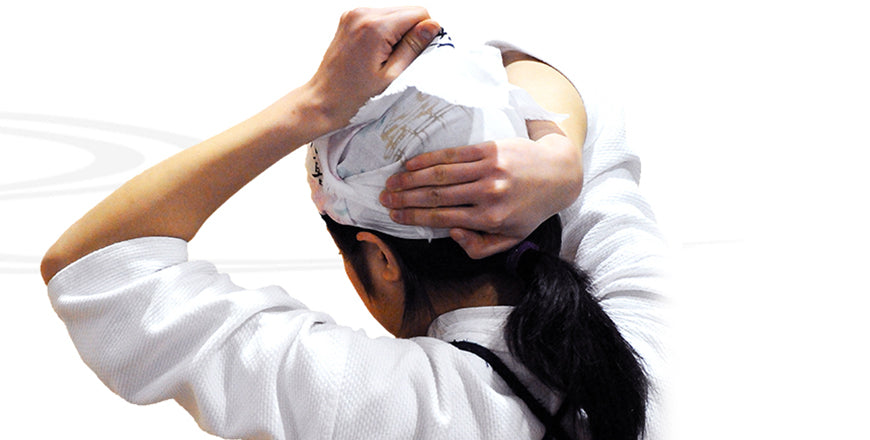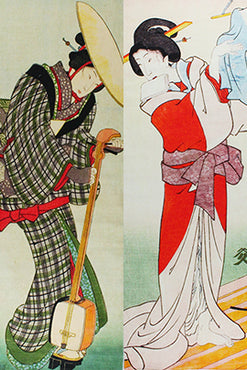About Kendo Tenugui
Posted on Tuesday, March 16 2021 11:00:00 AM in news by 友和春田
Today, I ’m talking about Kendo tenuguis.
People who are practicing kendo are familiar with kendo tenugui, but for those who are new to kendo, what is a "tenugui"? I think many people start from.
Uncles born in the Showa era are familiar with it, but young people born in the Heisei era sometimes say that they don't understand anything at all. Kendo uses this unfamiliar tenugui.
In Kendo, you will play a match with various armor such as a face, a body, and a hakama.
A washcloth is placed under this surface to absorb sweat and cushion the impact. The name "Tenugui" is given to the tenugui that is attached under the surface of Kendo. This face towel is made by a method called main dyeing = injection dyeing.
It is not a printed towel that is often sold for 100 yen. There is a reason.
Kendo wears a face and plays a match. The bottom of the surface is sweaty and very stuffy. When I'm playing a game, I sweat so much that sweat runs down my forehead. If you don't absorb this sweat right away, it won't be a match.
This dyed hand towel made by main dyeing = injection dyeing improves the original softness and water absorption of cotton by washing the cloth at the stage of the cloth and removing the glue from the cloth.
Use the dough to soak the melted dye into the dough. After that, it becomes a product through the process of removing excess dye and glue.
By washing the fabric twice, you can make a towel that is softer and has better water absorption than a printed towel. Pigment prints are generally used for printed towels.
A 100-square towel is also made from this. For pigments, ink is placed on the surface of the fabric to create a pattern.
Since this pigment does not absorb water, it will be hard to finish with a washcloth that looks like it is colored throughout. If you put it under the surface, it will be a washcloth that is rough and does not fit your head.
When you're doing kendo for the first time, you can use a printed towel, but as you get used to it, this dyed towel is very functionally superior under the surface where you sweat a lot. I hope you will understand.
You may be surprised when you first pick up a kendo towel, but the shorter part of the kendo towel is left uncut. It is a common kendo towel to leave it in a hangnail state.
It is not sewn.
Tenugui have been widely used since the Edo period.
The hygiene was worse than it is now, so if you sew it like a handkerchief, it will dry slowly and germs will grow, so it will be left uncut, or if you use a bandage or geta clogs, you can use a towel instead. It is said that it is left uncut because it is used as a handkerchief.
As a remnant of that, many of the tenugui are not only kendo face towels, but also commercially available tenugui.
If you wash it many times while it is still cut, it will become fringed by about 1 cm and will not come off at the end.
However, until then, something will be dirty, so it seems that some people are sewn on the edges to prevent it from coming off.
The higher the rank of the teacher, the more the kendo tenugui is made by the main dyeing of kendo, and it is taken for granted that the left and right sides are left uncut.
We also make a lot of participation prizes for kendo competitions, but most kendo towels are made by main dyeing = injection dyeing.
It is cut.
A towel looks good, but it's too thick and rough, and the heat makes you sweat more.
In martial arts such as kendo, which values tradition, we use tenugui made with genuine dyeing. When purchasing for the first time, I think it is better to ask the teacher and purchase.









